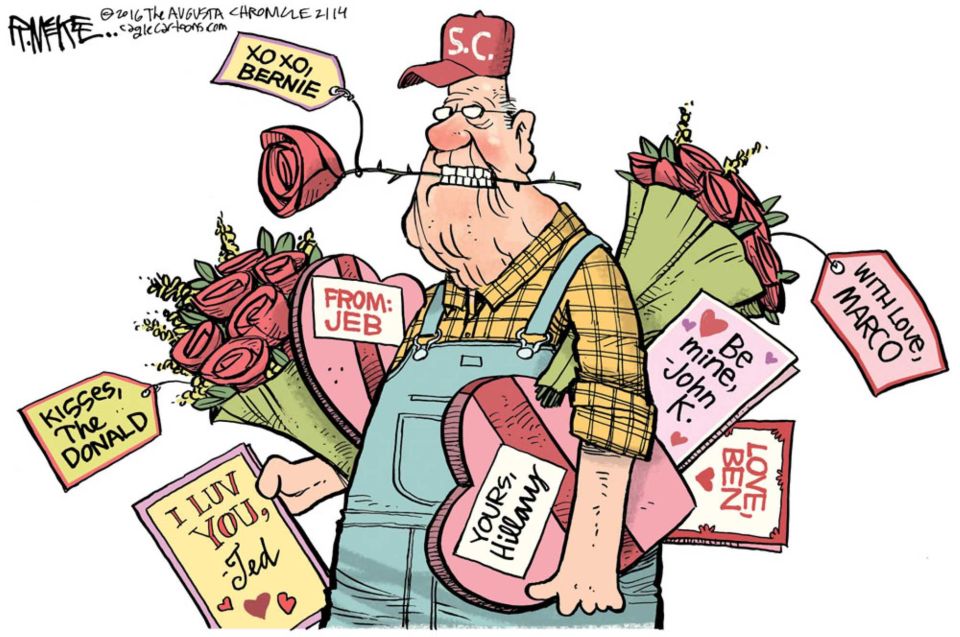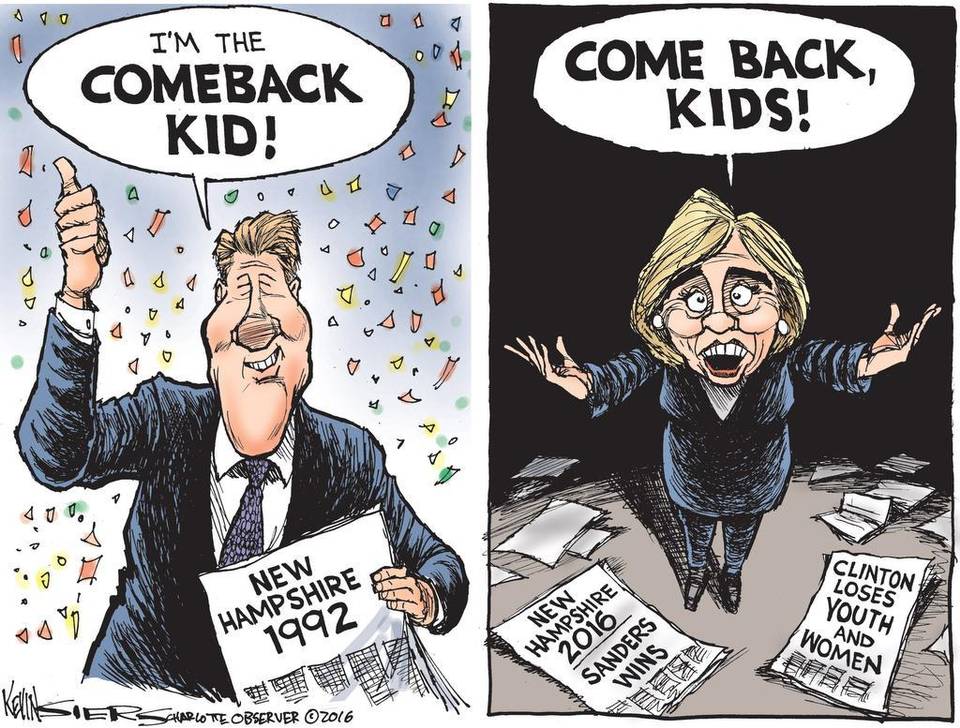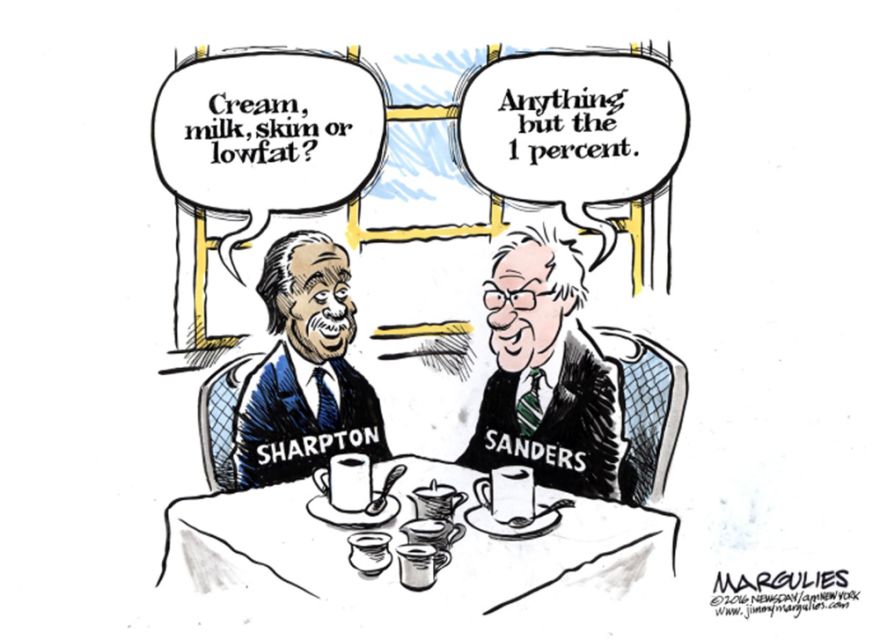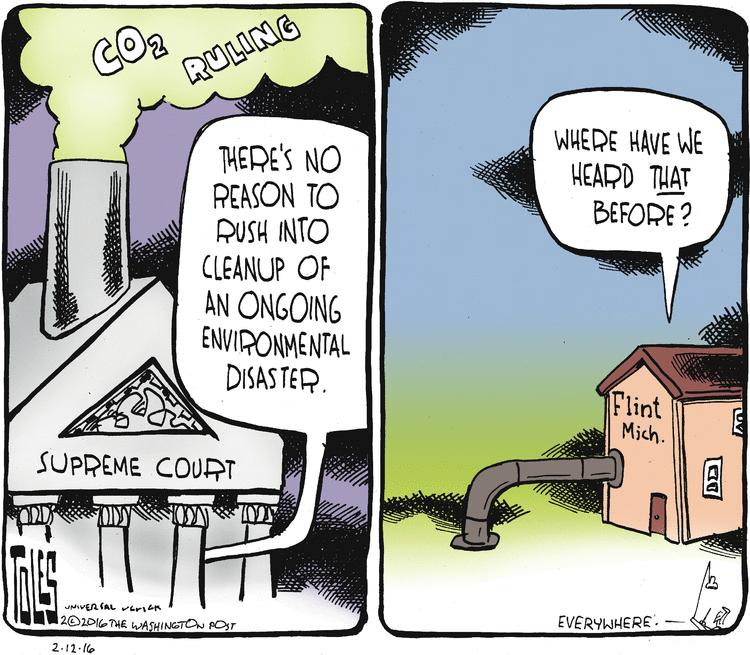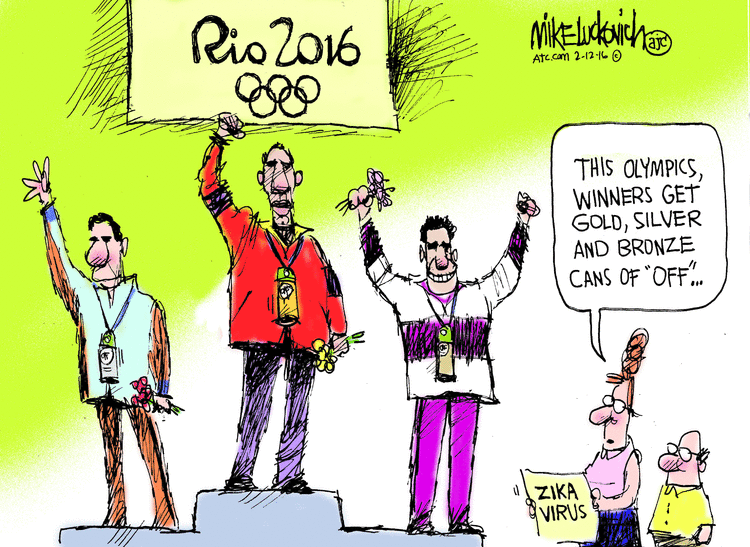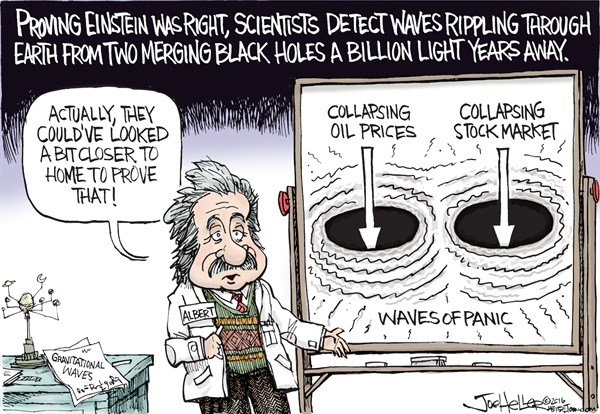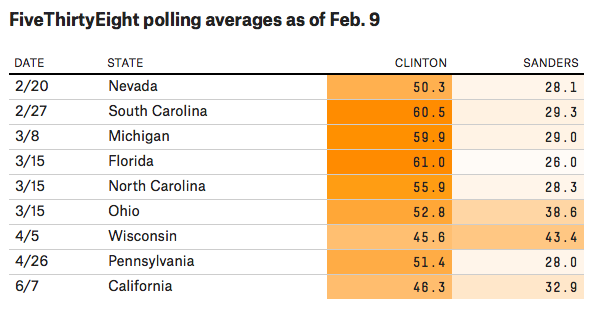With the death of Justice Scalia, the Supreme Court has become even more of a BFD than it usually is in our politics. Republicans are setting the terms of the current battle by saying that Mr. Obama should not even bring forward a candidate for the Senate’s Advise and Consent process.
The Republicans fought for 40 years to get a Conservative majority, and will not give that up without a fight. This is the first time since Clarence Thomas replaced Thurgood Marshall in 1991 that the ideological balance on the Court could actually change. In the last six cases, from Ginsberg through Kagan, either a Republican president filled the seat of a conservative justice, or a Democratic president filled the seat of a liberal justice.
So the stakes are very high, both substantively and politically.
On the other hand, the voters might rediscover that presidential elections should be about serious issues. At the top of the list: Who will pick the justice that creates a new Supreme Court majority?
A brief history from Paul Waldman at the WaPo:
The Senate…used to approach nominations to the Supreme Court with a simple standard: If the nominee was qualified and wasn’t a criminal or a drunk, he or she would probably get confirmed with the support of both the president’s party and the opposition…But we may have entered an era with an entirely different starting presumption: not that a well-qualified nominee deserves confirmation, but that senators ought to oppose any nomination from a president of the other party.
Waldman provides this list of recent nominees and how the Senate voted:
Antonin Scalia (1986): 98-0
Anthony Kennedy (1987): 97-0
Clarence Thomas (1991): 52-48
Ruth Bader Ginsburg (1993): 96-3
Stephen Breyer (1994): 87-9
John Roberts (2005): 78-22, 20 of 42 Democrats in favor
Samuel Alito (2005): 58-42, 4 of 45 Democrats in favor
Sonia Sotomayor (2009): 68-31, 9 of 40 Republicans in favor
Elena Kagan (2010): 63-37, 5 of 40 Republicans in favor
Since Chief Justice Roberts in 2005, we see that our political divide is not simply about Congress and the President, the Supreme Court is now also entrenched in the polarization. Justice Kagan’s approval is instructive. She was well-qualified, (a former dean of Harvard Law School and Solicitor General), and had no absurd legal views. Nevertheless, only five Republicans voted to confirm her. Three of those senators — Richard Lugar, Olympia Snowe, and Judd Gregg — were moderates who are no longer in the Senate.
In the case of a Scalia replacement, every Republican senator trying to decide what to do will know that if they vote to confirm any Democratic nominee for this seat, a primary challenge from the right will probably happen whenever they run for re-election.
But the GOP-controlled Senate ignores its responsibilities at its peril. 24 GOP-held Senate seats are up for election this cycle to just 10 held by Democrats. A few (enough) of those GOP Senators are in states that were won in 2012 by Barack Obama including: Kirk in Illinois, Toomey in Pennsylvania, Portman in Ohio, Ayotte in New Hampshire, Johnson in Wisconsin, and Rubio’s open seat of Florida. Since Republicans hold 54 seats, losing 4 of them could flip Senate control.
But, this is a situation where the Democrats really need to get control of their message machine, or they’ll risk getting overrun again in the perception battle.
The best guess is that is unlikely that control of the Senate changes hands in 2016, so divided government will likely remain with us, assuming a presidential win for the Democrats. As Scott Lemieux says in the New Republic:
As the stakes of Supreme Court nominations get ever higher, getting Court vacancies filled during periods of divided government is going to become increasingly difficult. Depending on the results of the 2016 elections, this dysfunctional future could very soon become our present.
Could a non-functioning Supreme Court finally be the last straw? We might soon find out.
We know that Chief Justice Roberts is concerned with the public perception of SCOTUS as an institution. Perhaps if the White House and the Chief Justice held discussions about the President nominating a moderate, and then Roberts spoke publicly about the need for quick consideration, the political logjam might be broken.
Absent that, it’s hard to avoid the feeling that we are heading towards a breaking point in this country as the polarization stretches the functioning of our government in every arena.
Our Constitution gives the Senate veto power over executive and judicial branch appointments with no mechanism for resolving a deadlock. That is a bug, not a feature.
It’s amazing that the system has remained functional for as long as it has.

